Looking for tips on how to use break cards? These printable break cards are perfect for home or classroom use!
Here we are. In the midst of a school year (a pretty weird looking one, am I right?)…..and the truth is…..this is HARD. Learning in a classroom or learning at home during a crisis like the one we are in? It can be exhausting for kids and exhausting for teachers (and parents). So the thing is? We are all trying to navigate frustration right now. And one of the most important tools we can give our kids (and ourselves)? Even more than the daily routine? Even more than the rewards ideas for kids we've talked about? Those are all important. But the most important? Teaching our children to advocate for themselves. Teaching them to recognize their feelings and needs and to express those needs so they can be met. And one of those needs? Is breaks. We all have moments where we JUST. NEED. A. BREAK.
Break cards aren't a new concept, they've been used in classrooms forever. They're a nonverbal way for kids to ask for what they need. The basic premise? Kids get a certain amount of break cards a day. They know that when they feel like they're about to lose it, they can throw down a break card and….take a break. At school, we agree on a certain amount of options for breaks. Obviously kids don't just bolt from the classroom and run to wherever. Usually there are a set amount of locations or options (for example another classroom that is agreed upon with the teacher in advance, the classroom library, drawing in the art corner, etc). The child knows that they can throw down a card and head to their choice of location. The break card is their ticket. They can decompress, and come back ready to talk about what they need or want or they can take a needed break and get back to work if they'd prefer.
Break Cards
So how can you use break cards? This simple system will help your child have some control over a situation where they have little, and will help you to support them in advocating for their needs. The best part? You can agree on some parameters in advance so that it's safe and everyone feels comfortable.
< click here to print your own >
Before:
Break cards aren't something that should be introduced in the heat of the moment. Kind of like you don't figure out an evacuation plan during a real fire. This is EXACTLY why we have fire drills (or earthquake drills here in California). That analogy? Is a great one to use with your kids. Emergencies happen. So does the need for a break. We're preparing so in the moment? When it's hard to think, you know what to do. So how do you prepare?
- Each child (or adult) needs their own set of break cards. However many you decide on for a day (just as a comparison I used to start with 4 or 5 for my kids who needed them, always better to have more than you think they'll need…..you can adjust later….the point here is for them to realize that they can use this system to advocate for themselves even if it feels like they're using it a LOT).
- Decide on break locations and prepare tools or materials needed: I'd suggest at least two locations or activities. You'll discuss this WITH your student. What do they LIKE? What feels soothing to them? What do they need? Is it painting? Then you'll have a small space set up so they can just walk over and start. Is it reading in a classroom or home library? Have a special book basket set up with their favorites (and potentially a set of headphones if they'll need to block out noise). Is it going outside? Is that allowed (maybe the backyard at your house? or what does that look like at school? Do they need supervision?)
- Time parameters: How long are these breaks? 15 minutes? 20 minutes? Forever? I'd suggest agreeing on that in advance and communicating. Remember, the idea is that these help so that your student can join in when they're ready. Gentle reminder, they can use more than one break card. I'd have kids use 3 in a row if they needed it. And what was my response? THANK YOU FOR IDENTIFYING THAT YOU NEED THAT.
- Mad Drills: You're going to practice. Yup, just like a fire drill. It sounds funny, but I promise it works. Kids used to laugh when I explained this, but it did help. For a full day, we did unexpected drills. At any point, I'd ring the mad bell, and we'd pretend that their frustration had come “out of nowhere). They practiced exactly how to share their break card and a full break. As silly as it sounds, it helped us work the kinks out.
During:
- Acknowledge and Give Space: If you see your child getting that break card ready? Acknowledge and let them do what they know how to do. This isn't the time to ask WHY or explain that it's a bad time. There's never a bad time to have feelings. There's never a bad time to express them or advocate for your needs. Your answer? “Got it.” “I see you.” “See you after your break.” “Thank you.” That's it. Let your student take their break. You can communicate once it's over.
- Prepare: You now have 15 minutes (or however long you've determined for breaks) to arrange for a quiet time to discuss. You know your child will be coming back, and you need a check in.
After:
- Reinforcement and Check In: Your first response? “I'm so proud of you for using your break card. It really helped ME to understand what you needed.” Remember the goal here is that your child feels heard, and they know that when they communicate, their needs are met. Now, check in. You can ask them….would they like to talk? Is there anything THEY need from you? Do they feel ready to get back to work?
- Back to Business: the goal is that whatever you were doing BEFORE this? You can get back to it.
Have you used break cards with your child? With your classroom students?
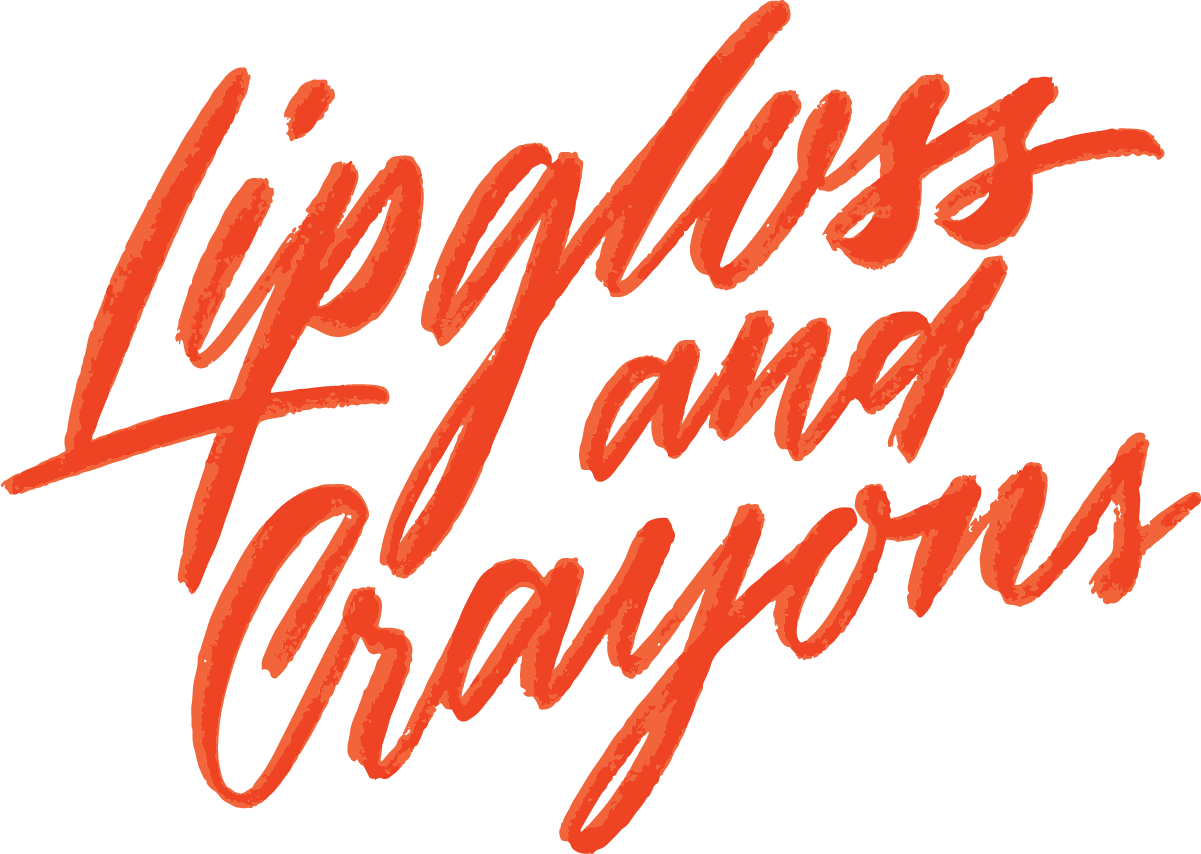
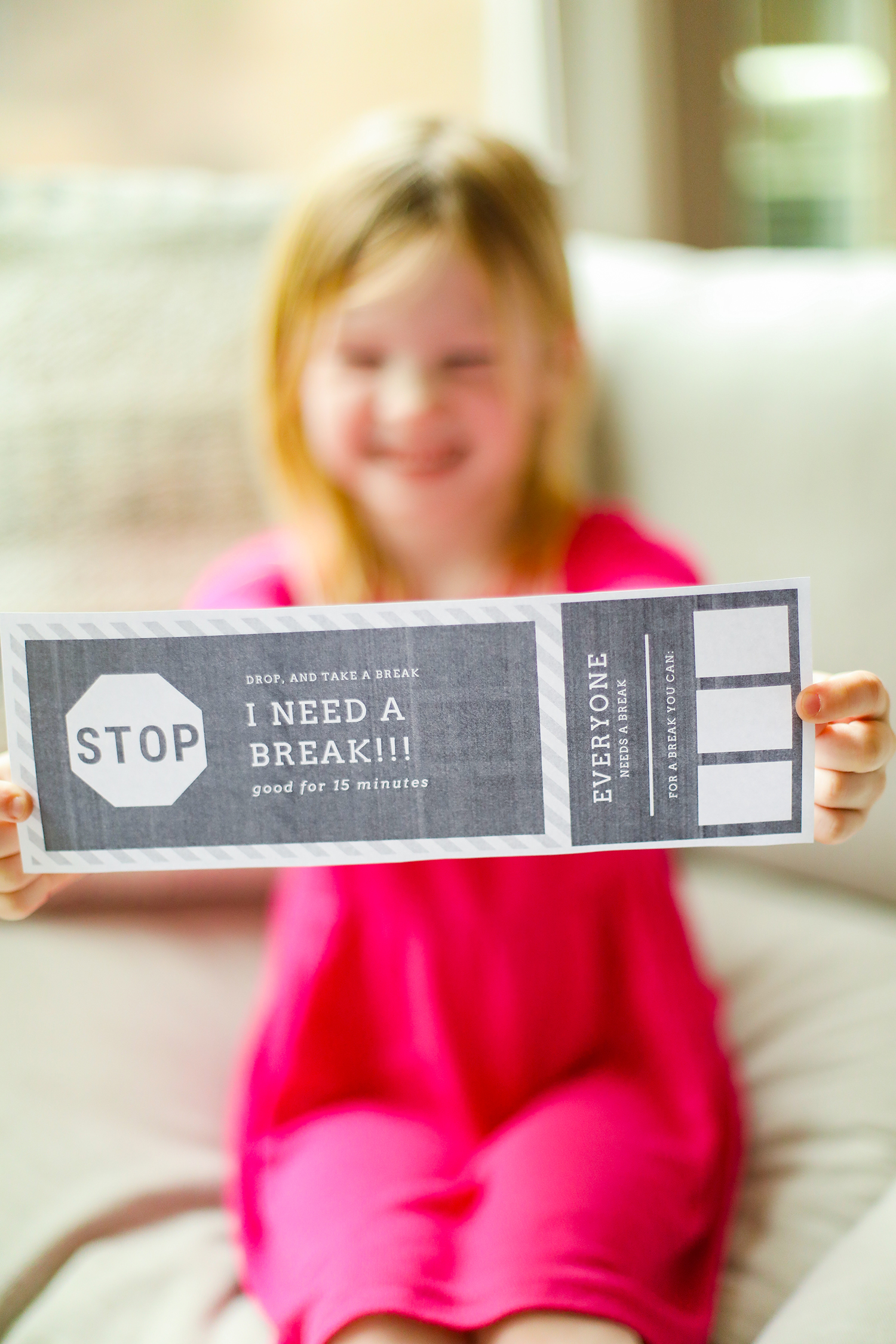

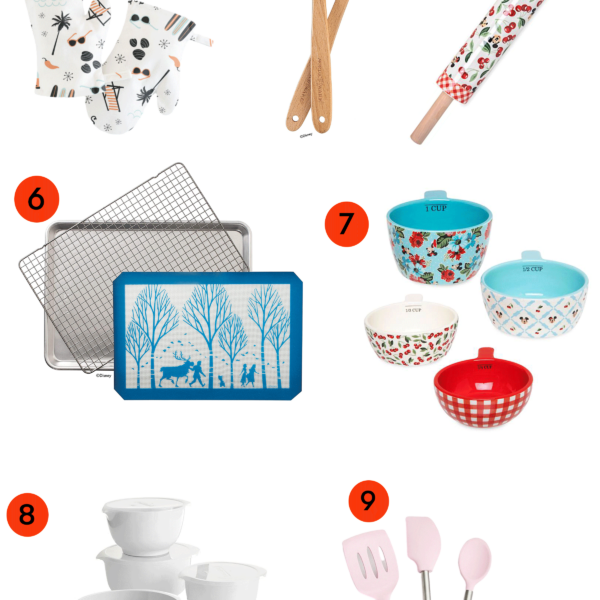
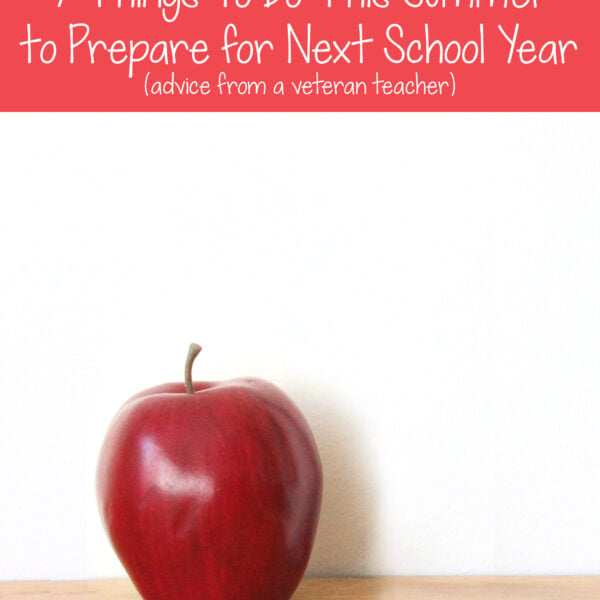

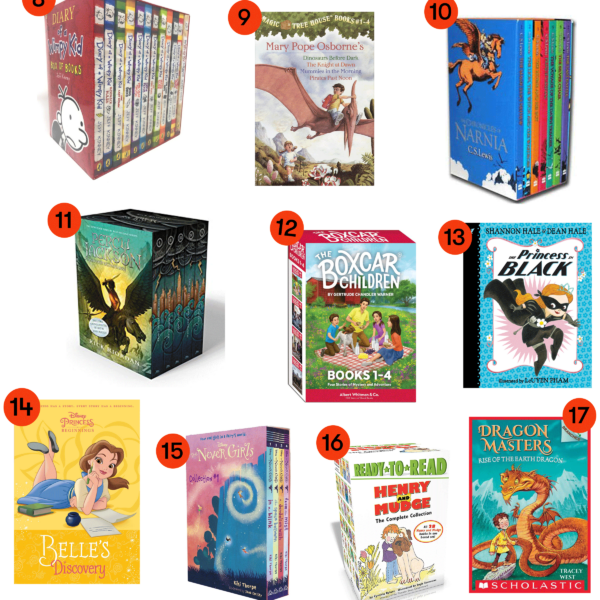

I LOVE your break cards and the directions with the mad drill are genius.
The only thing is i wish the card was editable or there could be choices on the card as far as times that the teacher and student agree on.
For a school day, 15 min is a really long time for a student to miss. We tend to do more like 5 min, esp if they need it multiple times.
Otherwise sometimes a student will use the break as an escape from work because 15 min is usually about half of a work time.
THank you !!!